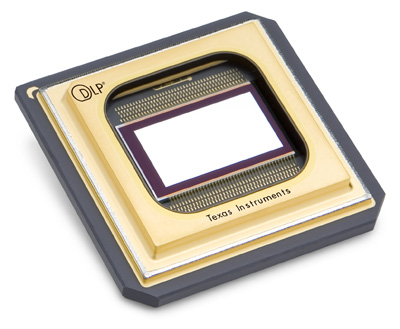1 (888) 248-0675
1 (888) 248-0675

The DLP chip used in DLP projectors was invented in 1987 by Dr. Larry Hornbeck, a physicist at Texas Instruments.
Is Dr. Larry’s invention right for you? Read on to find out.
Inside a DLP (Digital Light Processing) projector is a DLP chip covered in millions of tiny mirrors—less than a fifth the width of a human hair.
Each mirror represents a single pixel, tilting back and forth to reflect light and create a highly detailed grayscale image.
The light is then directed through a spinning color wheel, which synchronizes with the DLP chip to create the final projected image.

Higher-end DLP projectors, known for their longevity, are ideal for art galleries, museums, restaurants, schools, emergency response centers, and retail stores.